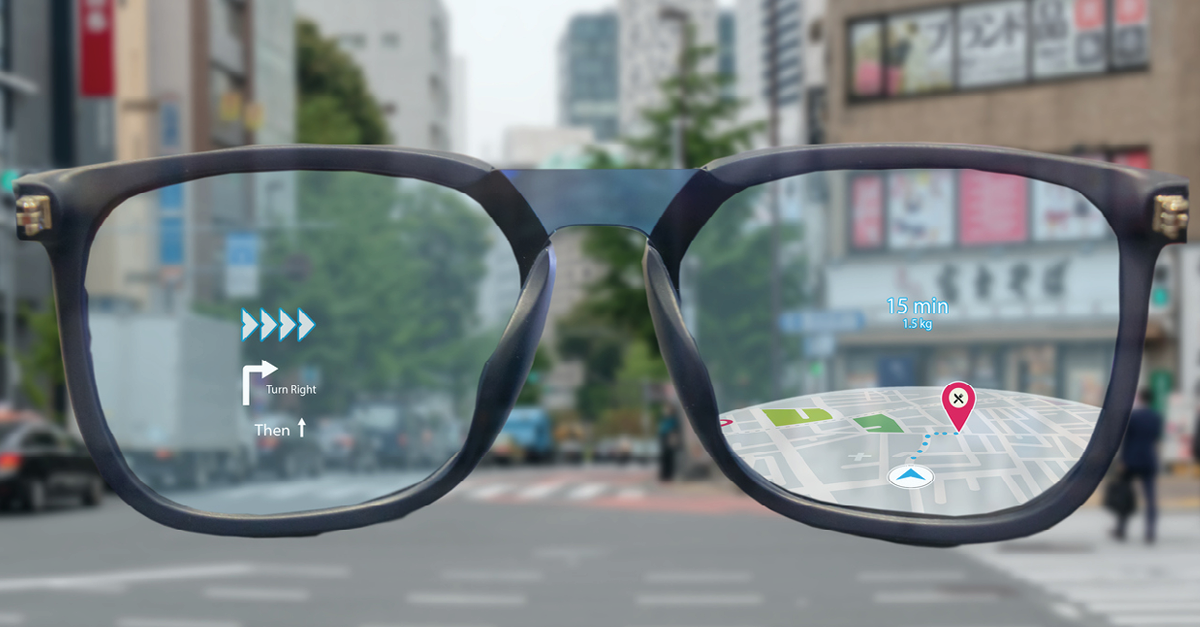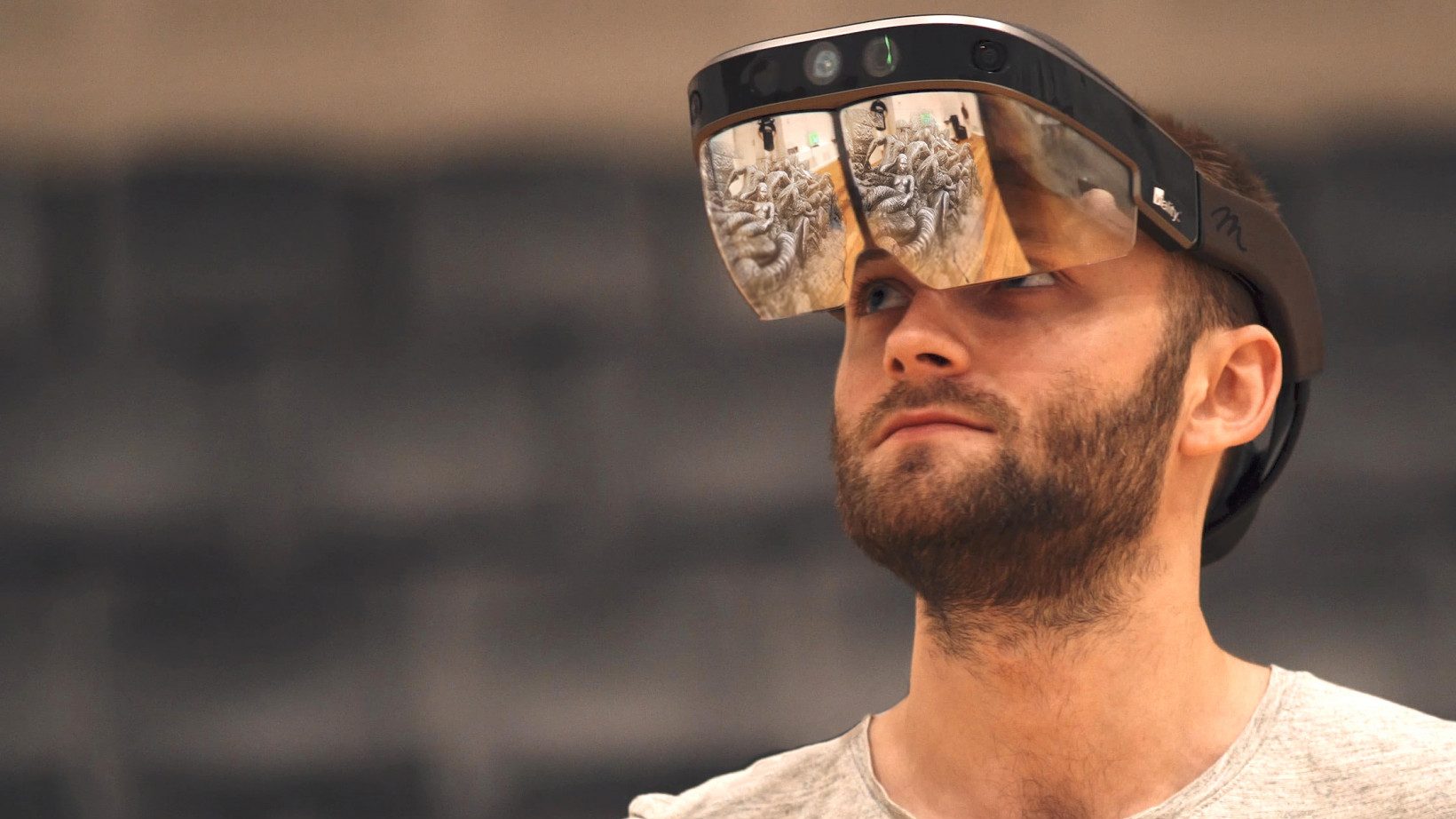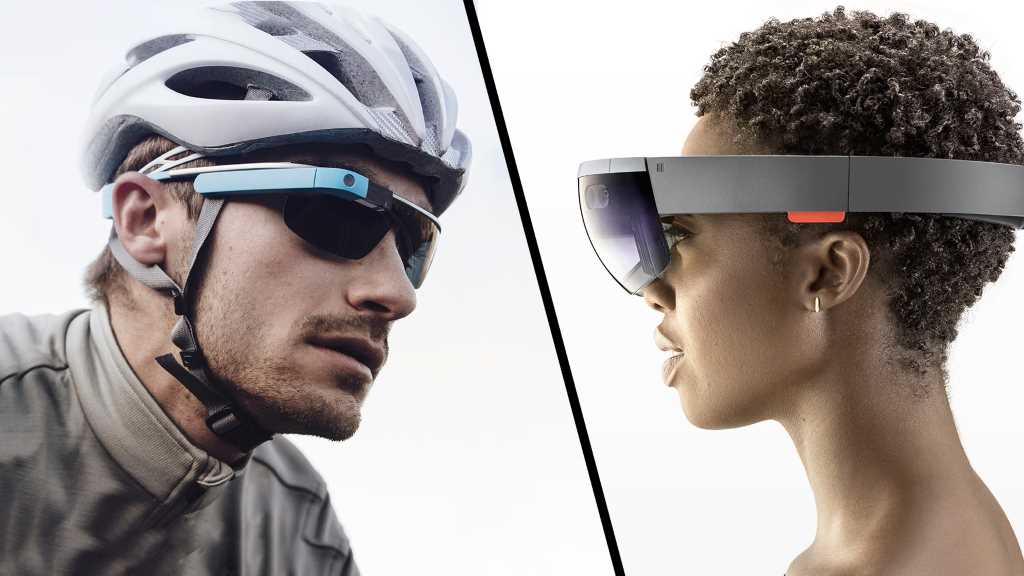In a world increasingly intertwined with technology, the concept of wearable computers has moved from science fiction to reality. Leading this charge are smart glasses and augmented reality (AR) glasses. While both adorn your face and offer digital enhancements, they cater to distinct experiences and functionalities. Let’s delve deeper into understanding the differences.
Smart Glasses: Your Personal Digital Assistant
Smart glasses, often likened to wearable smartphones, aim to seamlessly integrate technology into your daily life. They typically function as an extension of your smartphone, providing hands-free access to notifications, messages, calls, navigation, and more. Think of them as a convenient heads-up display (HUD) for your digital world.

Key Features of Smart Glasses:
- Notification Management: Receive and interact with messages, emails, and social media alerts without pulling out your phone.
- Hands-Free Communication: Make and receive calls, often with voice commands, for a truly connected experience.
- Navigation Aid: Get turn-by-turn directions overlaid on your real-world view, ideal for walking or cycling.
- Media Consumption: Listen to music, podcasts, or audiobooks while remaining aware of your surroundings.
- Fitness Tracking: Monitor your steps, heart rate, and other health metrics, depending on the model.
Popular Examples:
- Bose Frames: These stylish sunglasses double as audio speakers and offer basic smart features.
- Amazon Echo Frames: Integrate with Alexa for voice control and smart home management.
- Ray-Ban Stories: Developed in partnership with Facebook, these offer social sharing features.
AR Glasses: Blending the Real and Digital
Augmented reality glasses, on the other hand, go beyond convenience and aim to fundamentally alter how we perceive and interact with the world. They overlay digital information, images, or 3D models onto your real-world view, creating an immersive experience where the physical and digital realms coexist. If you ever need help, there’s also a handy DIY guide to fixing water-damaged devices.

Key Features of AR Glasses:
- Spatial Awareness: Utilize sensors and cameras to understand your surroundings and accurately position digital elements.
- Interactive Experiences: Allow you to manipulate digital objects with gestures or voice commands.
- Contextual Information: Provide relevant information about objects or locations in your view.
- Gaming and Entertainment: Offer immersive AR games and interactive experiences.
- Industrial and Professional Applications: Aid in tasks like equipment repair, design visualization, and medical procedures.
Popular Examples:
- Microsoft HoloLens: Geared towards professionals, offering advanced AR capabilities for various industries.
- Magic Leap: Focused on consumer-oriented AR experiences, particularly gaming and entertainment.
- Nreal Light: Lightweight and stylish AR glasses offering a mix of consumer and enterprise features.
Key Differences at a Glance
| Feature | Smart Glasses | AR Glasses |
| Primary Focus | Convenience, hands-free access to information, and communication | Immersive experiences, blending the real and digital worlds |
| Technology | Primarily displays notifications and basic information | Employs advanced sensors, cameras, and displays for realistic AR overlays |
| Interaction | Primarily through touchpads or voice commands | Often involves gestures, voice commands, and hand tracking |
| Applications | Everyday use, fitness, navigation, and communication | Gaming, entertainment, education, industrial training, and professional tasks |
| Cost | Generally more affordable | Typically more expensive due to advanced technology |
Choosing the Right Pair for You
The decision between smart glasses and AR glasses ultimately depends on your needs and interests. If you seek convenience, hands-free access to information, and a way to stay connected, smart glasses might be the ideal choice. However, if you’re drawn to immersive experiences, interactive digital content, and the potential of augmented reality to transform various aspects of life, then AR glasses could be your gateway to the future.
Looking Ahead: The Future of Digital Eyewear
The landscape of digital eyewear is rapidly evolving. As technology advances, we can expect both smart glasses and AR glasses to become lighter, more powerful, and more accessible. New applications are constantly emerging, from AR-assisted surgery to interactive tourism experiences. In the coming years, these devices have the potential to revolutionize how we work, learn, play, and perceive the world around us.




